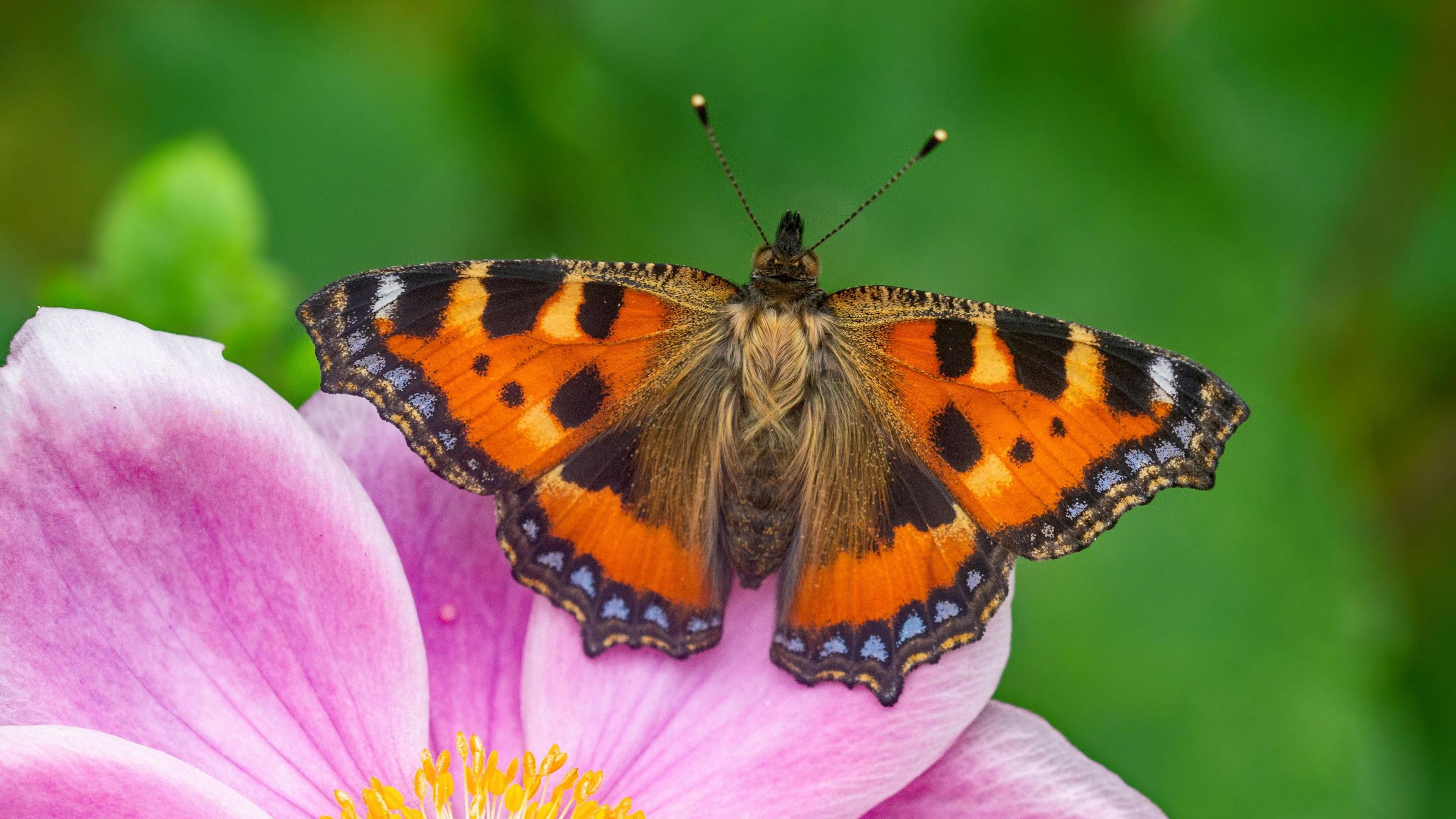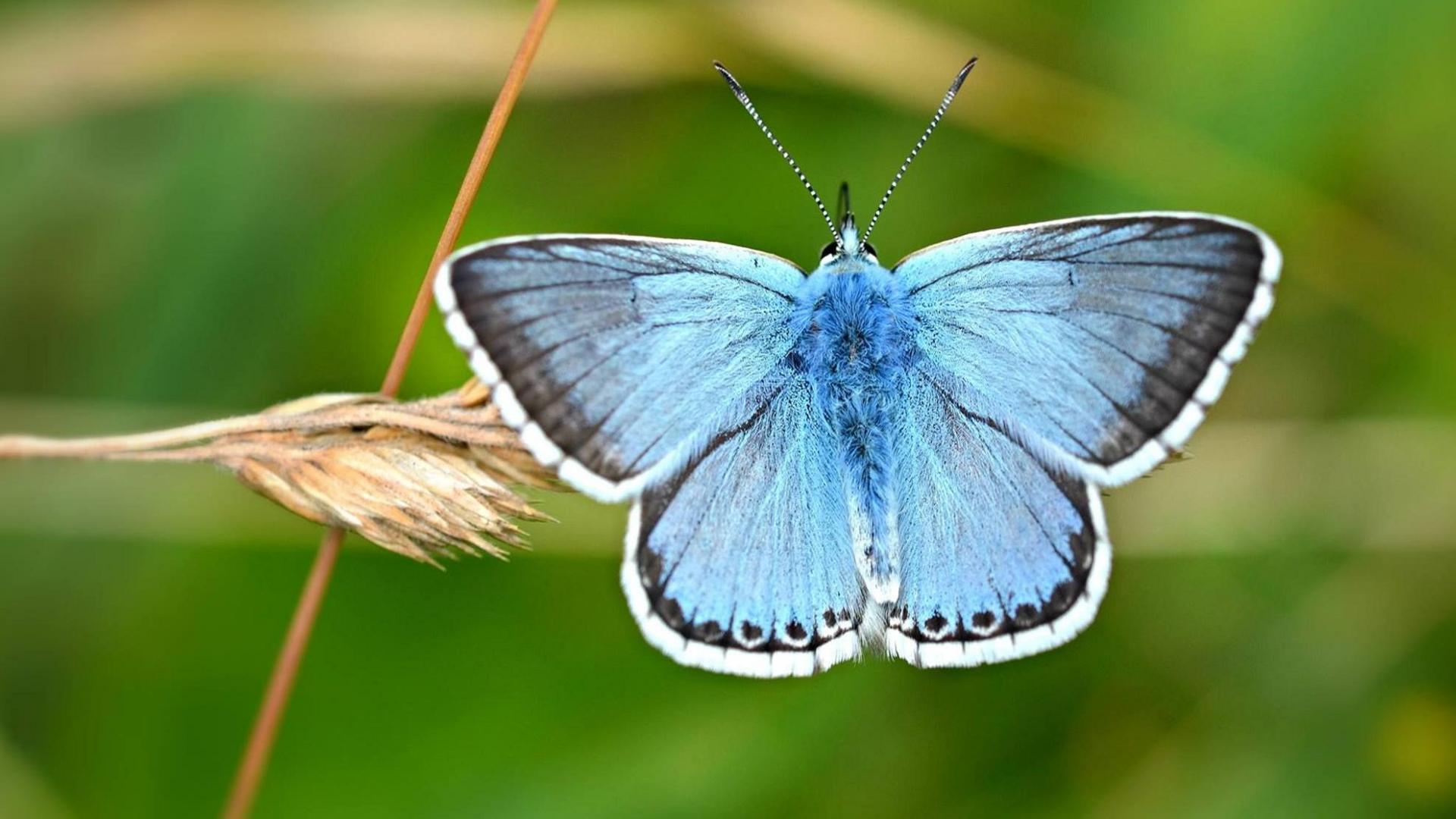Half of butterfly species in long-term decline

The Small Tortoiseshell is one of the butterflies which has declined
- Published
More than half of UK butterfly species are now in long-term decline, according to a monitoring scheme run by a group of conservation organisations.
The UK Butterfly Monitoring Scheme said the year 2024 was the worst on record for butterflies in the UK.
One organisation is calling on people to not cut their grass for the next six months in order to create more habitat for butterflies and other wildlife.
The Small Tortoiseshell, Chalk Hill Blue and Small Copper are three of the butterflies that have suffered a particular decline.
Lowest number of butterflies ever recorded at Big Butterfly Count
- Published18 September 2024
How well are different UK species of butterflies doing?
- Published3 April 2024
Scientists say butterflies have memories!
- Published9 August 2023
The monitoring scheme by the charity Butterfly Conservation, the UK Centre for Ecology & Hydrology (UKCEH), the British Trust for Ornithology (BTO) and the Joint Nature Conservation Committee (JNCC) has been running since 1976.
Volunteers count butterflies across more than 3,000 sites.
The monitoring revealed 51 of the UK's 59 butterfly species declined last year compared with 2023, while just six increased.
It was the second worst year on record for common butterflies that live in gardens, parks and the wider countryside.
Experts said that butterfly numbers do vary from year to year.
Last year's low numbers are partly because of the wet spring and relatively cool summer, which did not provide good conditions for winged insects to feed and breed.
But the monitoring data also shows that for the first time, more than half of the UK's butterfly species are in long-term decline.

The Chalk Hill Blue had its worst year last year
The number of Small Tortoiseshell, for example, has gone down 86% since 1976, and the Green-veined White has seen a 28% decline.
Habitat destruction, use of pesticides and climate change are some of the reasons blamed for the decline.
Several species are listed on the red list, which means they are in danger of extinction. These include the Grizzled Skipper, Small Pearl-bordered Fritillary and Chalk Hill Blue.
Conservationists said those species required specific habitat to survive, which had been destroyed over the past century.
A 'butterfly emergency' was declared after the low results of the citizen science Big Butterfly Count last year.
Richard Fox from Butterfly Conservation said many people since then have been asking what they can do to help.
The organisation is calling on people to not cut their grass between April and September, saying this simple act can make a lot of difference to moths, butterflies and other wildlife.
"By far the best thing we can do to help butterflies is to create more habitat," he said.
